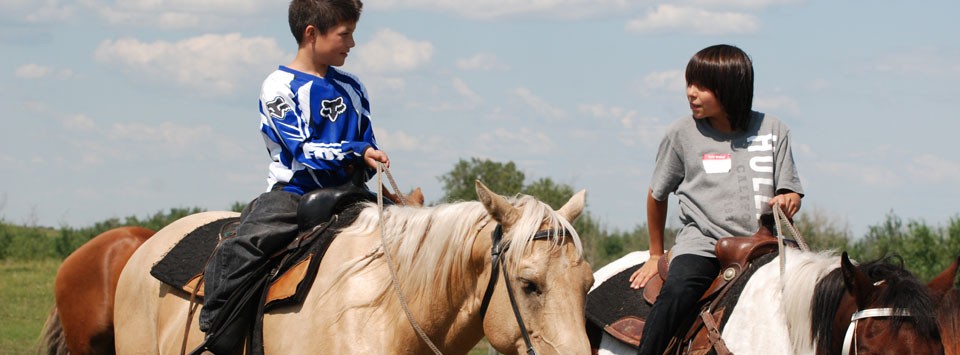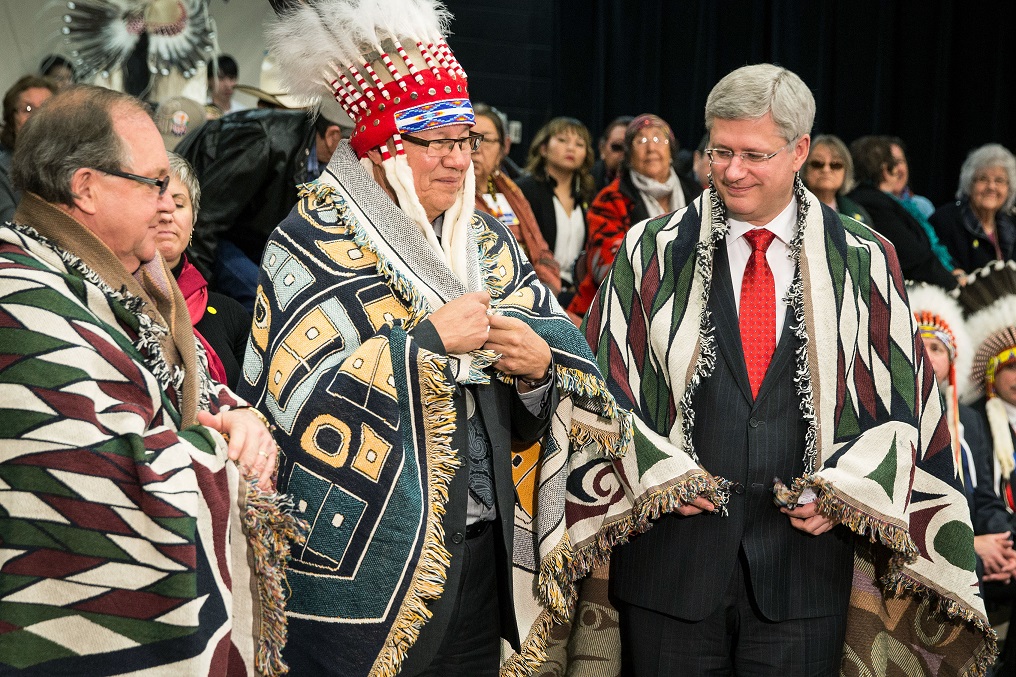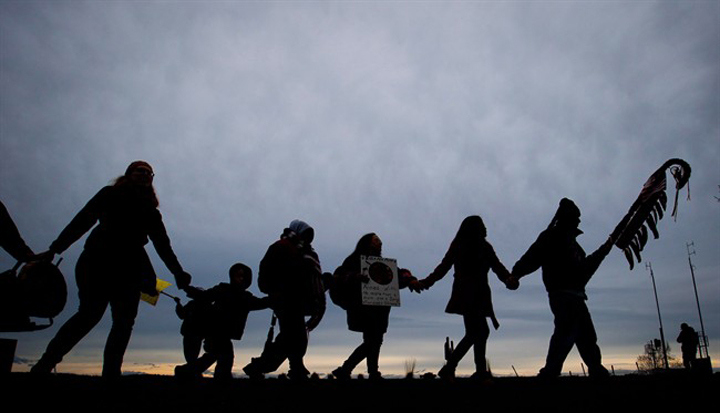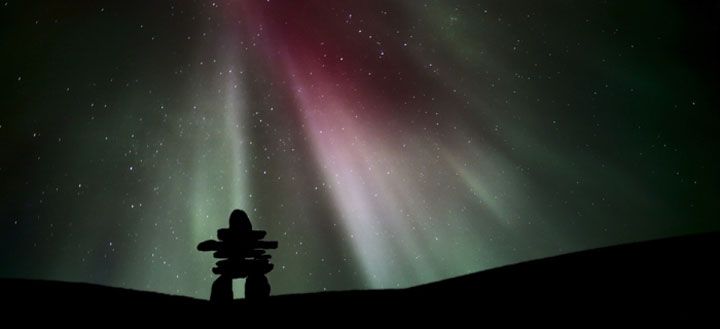
When it comes to health care, Canada considers itself to be a leader in the global community. Considering the health and wellness of our general population, this is not an idle boast. According to the Organization for Economic Co-Operation and Development (OECD), in 2011, life expectancy at birth in Canada stood at 81.5 years, more than a year higher than the average and almost three years greater than in the United States (78.7 years in 2011).
Despite this, people who live in Aboriginal communities statistically have shorter life expectancies, are an increased risk for various diseases and conditions, and experience a lower standard of health and wellness. As was stated in a 1999 Senate Commitee report: "The health of our Aboriginal peoples is a national disgrace. If the Aboriginal population was enjoying a state of health similar to that of the overall Canadian population, Canada would probably stand as the healthiest country in the world."
Because of this, and the ongoing failure of Canada's federal government to improve the situation, MNP and HeroX have come together to create Operation Blue Sky - an incentive-based competition designed to foster ideas that will help improve community health and wellness in Canada's Aboriginal communities.

As the largest provider of professional services to Aboriginal communities and organizations in North America, MNP has spent the past 25 years of partnering with more than 250 Aboriginal clients across Canada. As a result, they are familiar with the particular challenges facing Aboriginal communities, especially in remote areas, where health and life expectancy are at odds with the rest of Canada.
According to Health Canada, within Aboriginal communities, heart disease is 1.5 times higher than the national average, Type 2 diabetes is 3 to 5 times higher, and tuberculosis infection rates are 8 to 10 times higher, compared with non-Aboriginal Canadians. A 2013 report by the National Collaborating Centre for Aboriginal Health (NCCAH) also indicated an increased risk for many other health problems. As it stated:
“Indigenous peoples are affected by major health problems at rates much higher than non-Indigenous populations. These health issues include high infant and young child mortality; high maternal morbidity and mortality; heavy infectious disease burdens; malnutrition and stunted growth; shortened life expectancy; diseases and death associated with cigarette smoking; social problems, illnesses and deaths linked to misuse of alcohol and other drugs; accidents; poisonings, interpersonal violence, homicide and suicide; obesity, diabetes, hypertension, cardiovascular, and chronic renal disease (lifestyle diseases); and diseases caused by environmental contamination (for example, heavy metals, industrial gases and effluent wastes)."

Naturally, there are those who believe that increased spending on health care and the delivery of services to remote communities will improve the situation. However, according to a 2013 report from the Centre for Aboriginal Policy Studies at the Fraser Institute, large healthcare investments have been made by the federal government in recent years - which totaled $2.4 billion in 2011 and 2012 - and the problems persists.
What has shown promise in the past few years has been improved collaboration, new technologies, e-health solutions, new methods for the health care delivery to remote areas, and giving local communities full control over health budget spending. With this in mind, MNP is offering a series of prizes totaling $35,000 dollars to teams that can come up with new and innovative solutions to address the persistent problem of inequity.
As it states on their home page, "the long-term goal of this challenge is to improve health and wellness outcomes for First Nations, Métis and Inuit communities through new ideas that create dialogue, generate interest and inspire action to implement change." As always, all submissions must adhere to the Challenge parameters and submission guidelines.

As always, all submissions must adhere to the Challenge parameters and submission guidelines.These state that proposals must be: relevant, in that they address health and wellness for Aboriginal communities; reflect the unique cultural values of said communities and be either led by or in partnership with them; be cost-neutral (i.e. not call for further government spending); be flexible and able to respond to the needs of different communities; be practical to implement and sustainable; and will work within the current legislative and fiscal environment.
Basically, ideas that foster more active collaboration beween Aboriginal communities and our national health care system, improve on-site delivery of services, make information more readily available, improve access for remote communities, address the particular challenges people in these communities face, and empower local communities to affect change (rather than relying on government intervention or increased spending), will be eligible for the prize.
The Challenge will be launched on March 11th, 2015 and will run for seven and a half months until November, 2015. Three prizes will be made available, including a 1st-place Prize of $25,000 CDN, a 2nd-place Prize of $5,000 CDN, and a People’s Choice Prize of $5,000 CDN. The 1st and 2nd place Prizes will be determined by an MNP evaluation panel while a the People's Choice Prize will be determined by a public vote.
For more information on the Challenge, and to find out how you can become involved, check out the Challenge home page.
Sources:
- HeroX.com/MNPbluesky
- www.healthcouncilcanada.ca/accord.php?mnu=1&mnu1=7
- familymedicine.queensu.ca/education/enhanced/aboriginal
- www12.statcan.gc.ca/census-recensement/2006/rt-td/ap-pa-eng.cfm
- www.oecd.org/els/health-systems/Briefing-Note-CANADA-2014.pdf
- www.hc-sc.gc.ca/fniah-spnia/famil/preg-gros/intro-eng.php
- www.hc-sc.gc.ca/fniah-spnia/diseases-maladies/diabete/index-eng.php#adi-ida
- www.naho.ca/documents/naho/english/factSheets/culturalCompetency.pdf
- www.naho.ca/documents/naho/english/factSheets/suicidePrevention.pdf
- http://www.nccah-ccnsa.ca/Publications/Lists/Publications/Attachments/101/abororiginal_health_web.pdf
- http://www.fraserinstitute.org/uploadedFiles/fraser-ca/Content/research-news/research/publications/Aboriginal-spending-2013.pdf.pdf
- http://www.hc-sc.gc.ca/fniah-spnia/diseases-maladies/index-eng.php
Image Credits:
- Northern Lights: opin.ca
- Aboriginal Community: naho.ca
- PM and AFN: pm.gc.ca
- Holding hands: globalnews.ca








